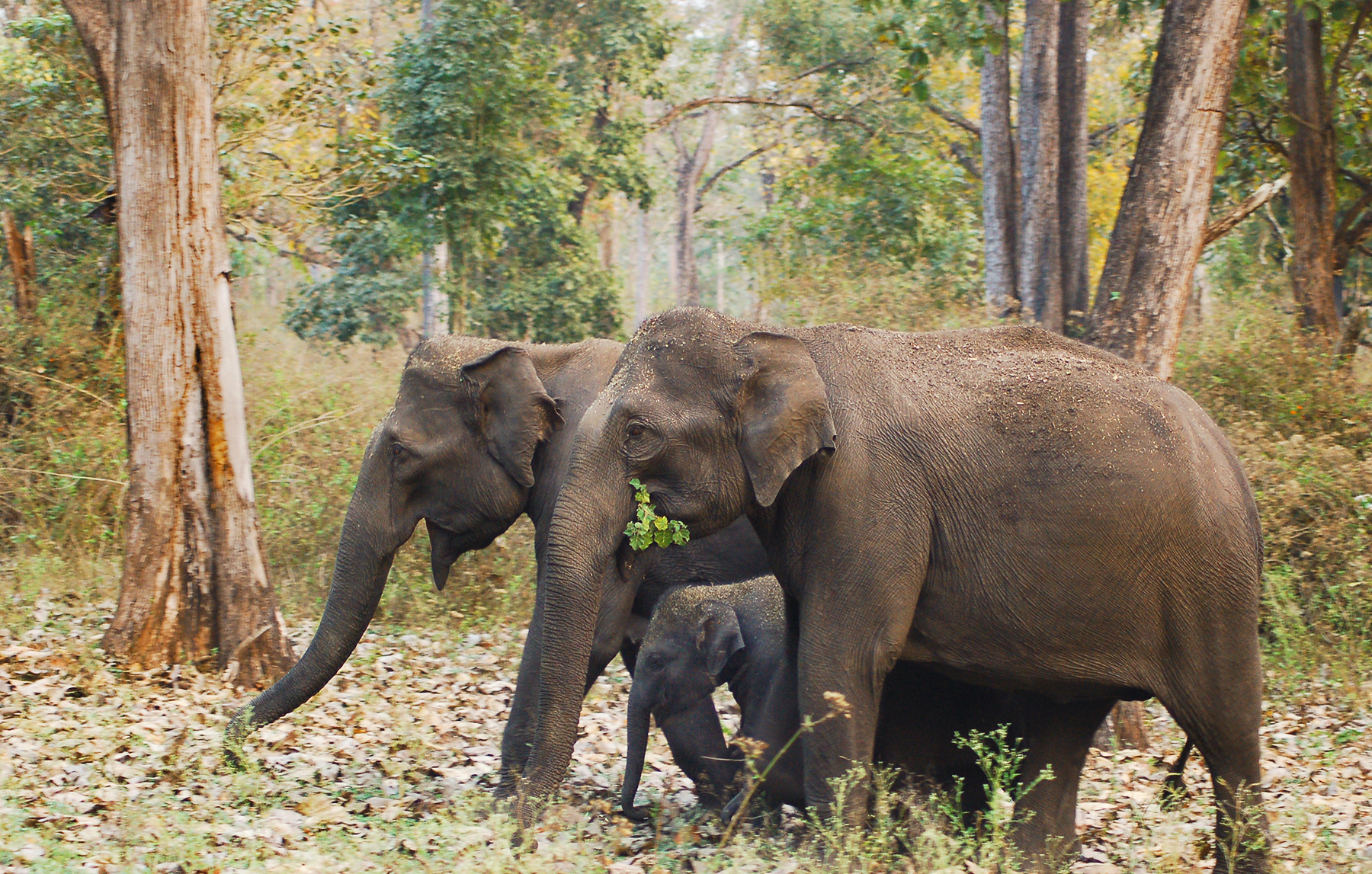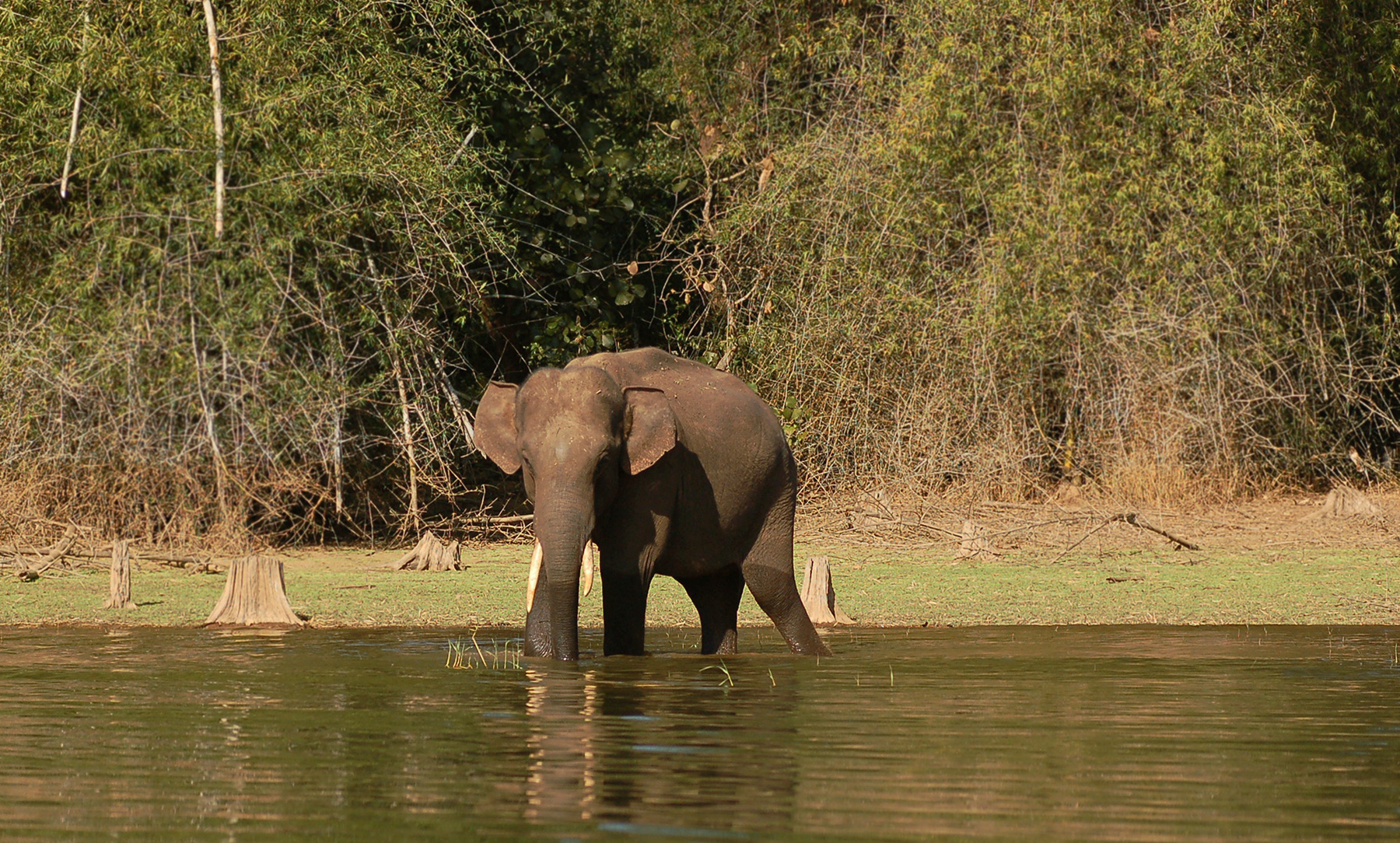Caretaking in Elephant Families
Published on: 20/03/2024
Published on: 20/03/2024

Photo title: Elephant Family
|Photo Credits: Gowri Subramanya

Photo title: Tusker
|Photo Credits: Gowri Subramanya

Gowri Subramanya is an editor and learning consultant based in Bengaluru, India. Writing and photography are her chosen tools of creative expression and the wilderness is her muse. A keen observer of the interaction between nature and culture, she loves to explore the history as well as the natural history of new places during her travels. With a soft spot for bird songs and a weakness for flowers, she indulges in a healthy dose of tree gazing every morning.
Five Wildlife Sightings You Can Expect Without Going on Safari
An Aural Journey through Nagarahole: The Language of Deception
An Aural Journey through Nagarahole: The Sound of Tardiness
An Aural Journey through Nagarahole: The Seen and the Sawing
Touring Kabini with Your Eyes Closed: An Aural Journey through Nagarahole: Alarms True and False
An Aural Journey through Kabini: Pre-Dawn Critters and Jitters
An Aural Journey through Kabini: The Beginnings
Why you should put a backwater boat safari at the forefront of your Kabini visit – 2
Why you should put a backwater boat safari at the forefront of your Kabini visit – 1
From the Kitchens of Evolve Back – Sutta Sigadi Mathu Hannugalu
From the Kitchens of Evolve Back – Masala Raagi Cheela
From the Kitchens of Evolve Back – Tandoori Zaffrani Paneer & Tandoori Phool
From the Kitchens of Evolve Back – Tumbida Ginnu
From the Kitchens of Evolve Back – Raagi Mudde Bassaru
From the Kitchens of Evolve Back – Hurida Meke Mamsa
From the Kitchens of Evolve Back – Masala Hoo Kosu
From the Kitchens of Evolve Back – Kuruba Adina Saru
From the Kitchens of Evolve Back – Sutta Naati Koli
From the Kitchens of Evolve Back – Savatekayi Suttadu
From the Kitchens of Evolve Back – Kendadali urida sigadi mathu meenu
From the Kitchens of Evolve Back – Bidirinalli Beyisida Koli
From the Kitchens of Evolve Back – Hurida Koli
First glimpse of god – the Black Panther of Kabini